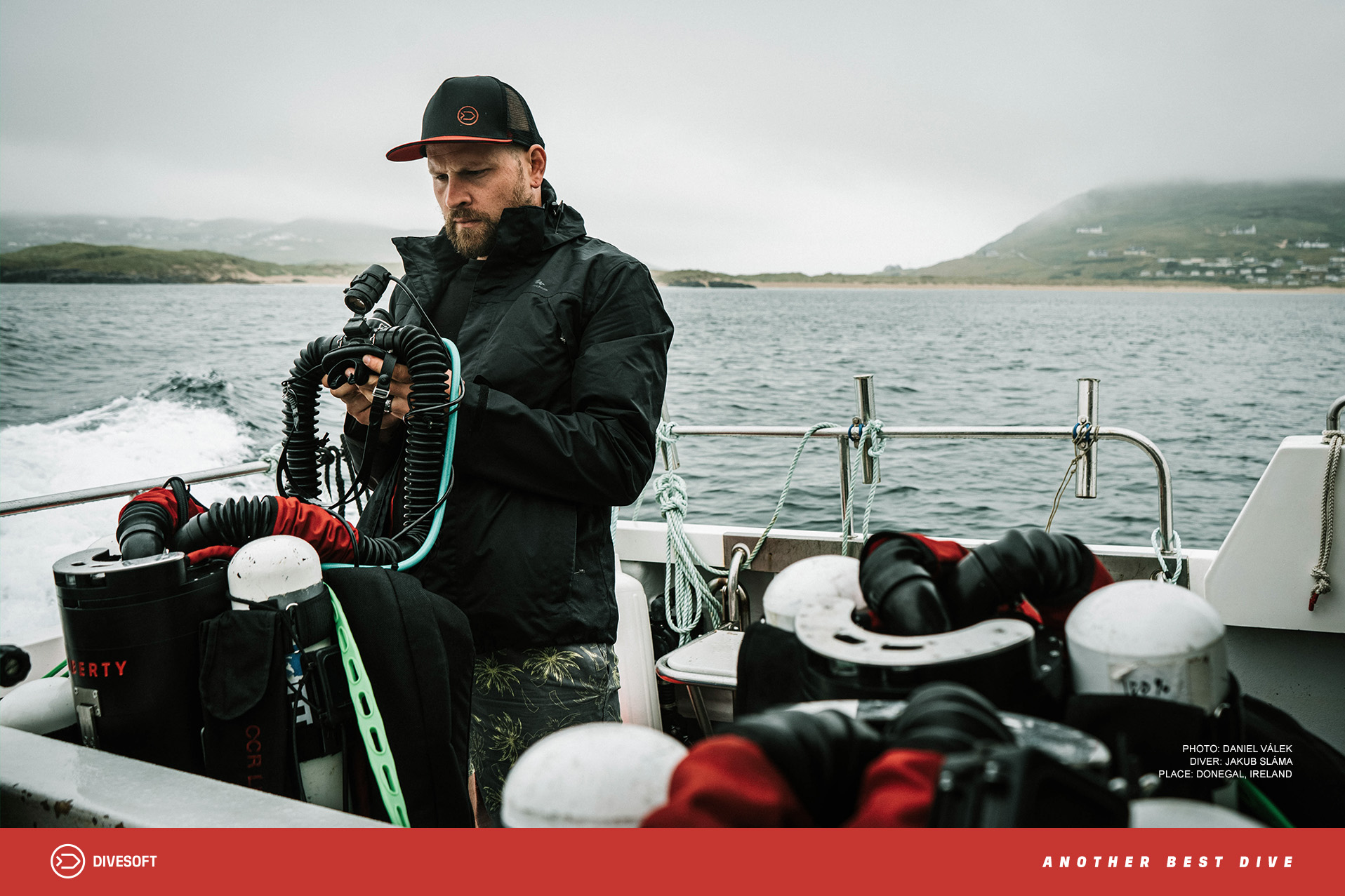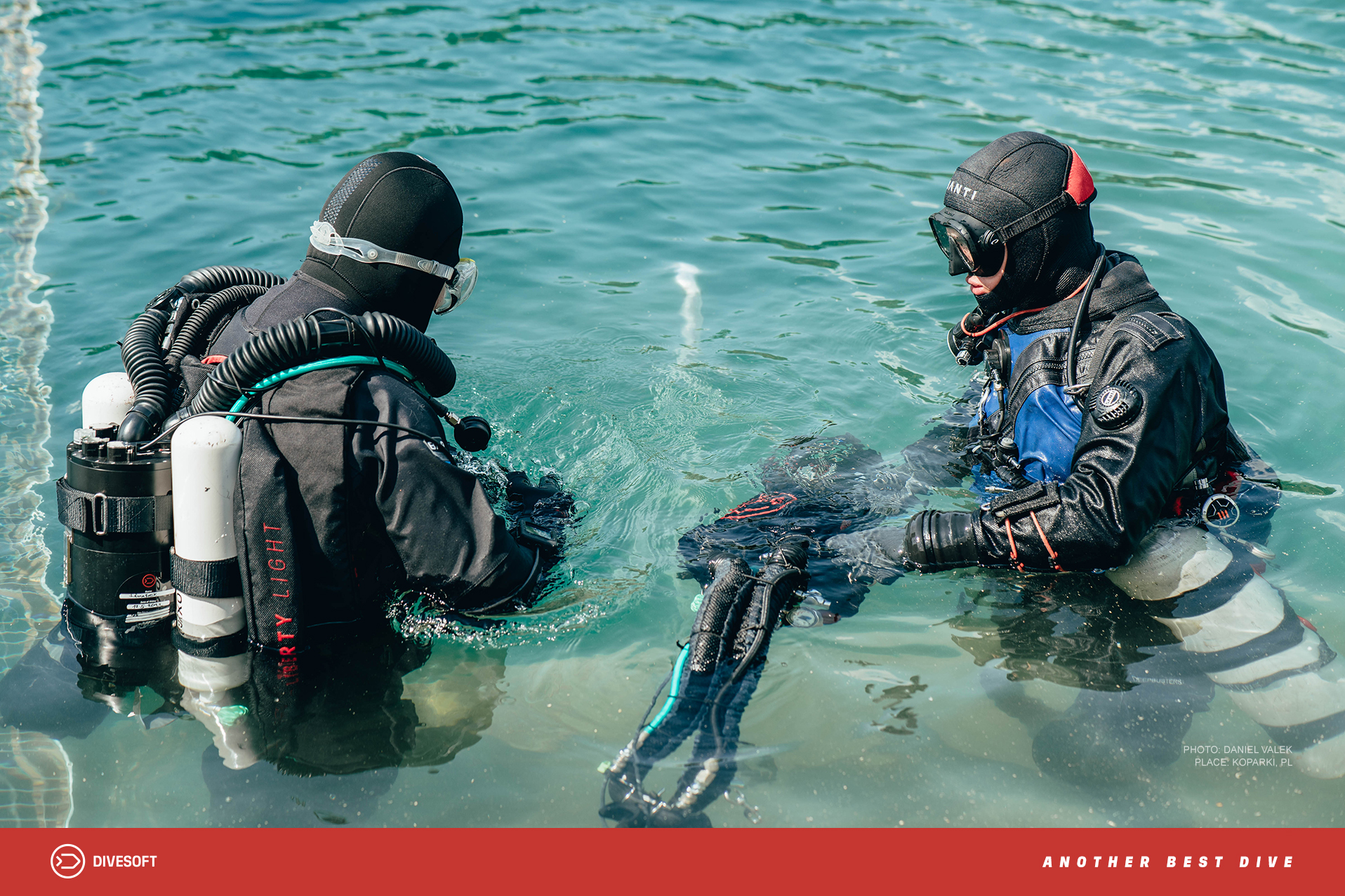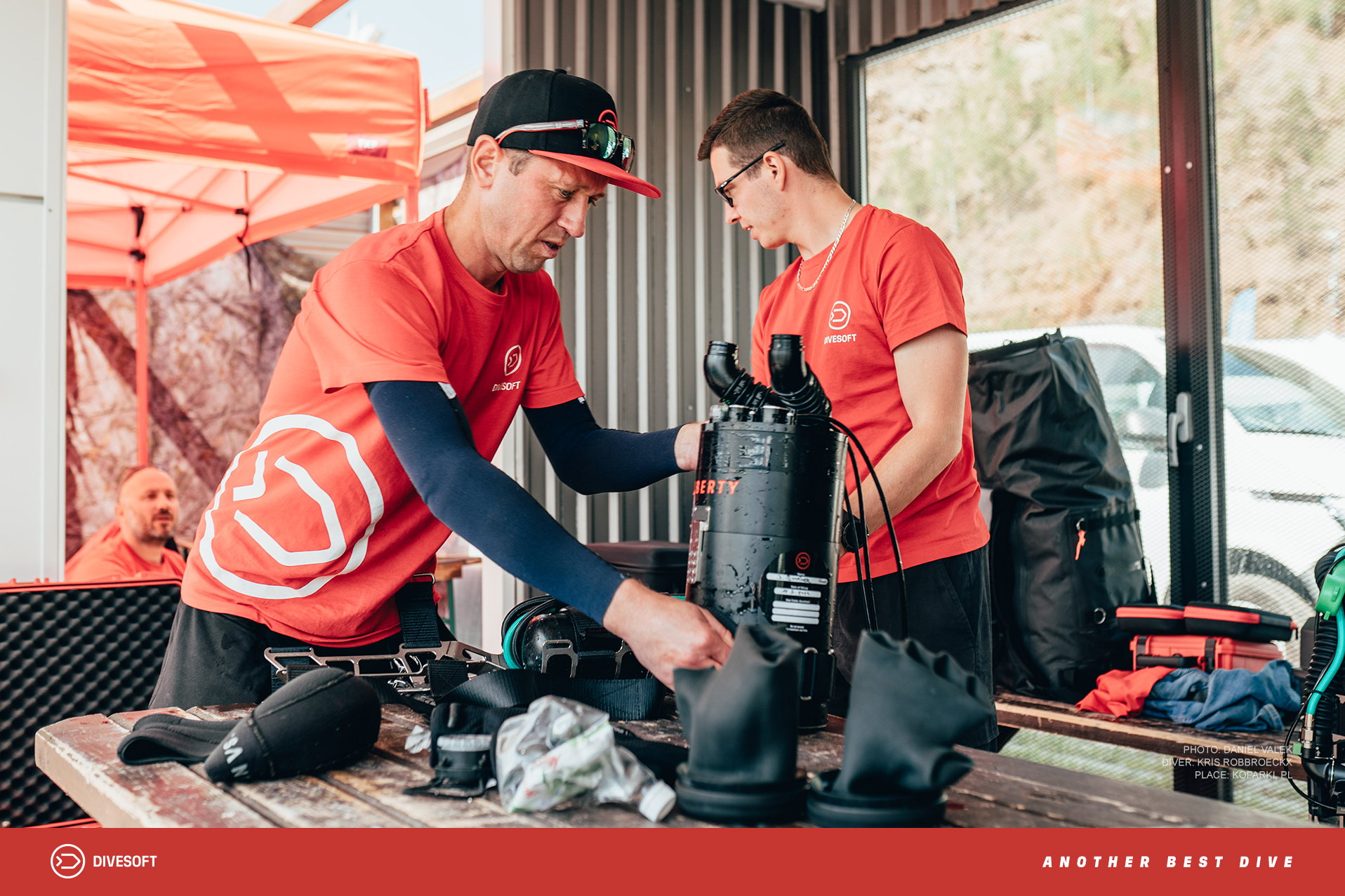CCR safety rules and procedures
08/05/2025

Closed-circuit rebreathers (CCRs) can feel like stepping into the future of diving: extended bottom times, near-silent bubbles, minimal gas waste. Yet beneath the high-tech allure lies a set of fundamentally simple—but absolutely vital—procedures. Think of CCR safety not as rocket science, but as disciplined habit-forming. With the right mindset and an instructor who refuses to cut corners, anyone can master these checks and enjoy safer, more rewarding dives.
1. Pre-Dive Preparation
A rigorous pre-dive preparation process is non-negotiable. Whether you use a paper checklist or, as many Liberty CCR owners do, the Divesoft.App on your smartphone, step through every assembly and function test systematically. The Divesoft.App not only guides you through each valve, sensor calibration and line routing with photos and descriptions, but it even calculates expected voltages for your oxygen cells—flagging anomalies before you submerge. Crucially, it enforces a positive- and negative-pressure leak test to verify loop-integrity: flooding a CCR underwater is irreparable and forces an immediate bailout.
“We may be able to prevent as many as 90 % of fatal rebreather accidents by merely using and adhering to a checklist and doing it for every dive.”
— Jill Heinerth, Rebreather Training Council: “Why and how do you use checklists?”

2. Splash-Entry Checklist
Just before entering the water, perform a splash-entry check. On Liberty CCRs this is built into the unit’s software: verify cylinder valves are fully open, setpoints displayed correctly, the ADV, MAV and BOV are functioning, and your bailout system is armed. Back-mounted units allow you to cycle through this on your wrist-mounted console; side-mount setups typically have the checklist in front of you on a tablet or slate. This step ensures all vital systems are “go” before gravity takes over.

3. Pre-Breathing Sequence
A five-minute pre-breathing on the loop remains standard to confirm oxygen injection and loop integrity. However, relying on it to validate scrubber performance is misleading. In a randomized, single-blind study led by Dr. Simon Mitchell, 90 percent of divers failed to detect a partially failed or absent CO₂ absorbent during a five-minute prebreathe—highlighting its insensitivity to real scrubber faults.
Use prebreathe to check work-of-breathing, PO₂ response, and loop-comfort—but never as proof of a correctly packed or effective scrubber.
The primary study is:
Deng C, Pollock NW, Gant N, Hannam JA, Dooley A, Mesley P, Mitchell SJ. “The five-minute prebreathe in evaluating carbon dioxide absorption in a closed-circuit rebreather: a randomised single-blind study.” Diving and Hyperbaric Medicine. 2015 Mar; 45(1): 16–24. PMID: 25964034. Available from: https://www.dhmjournal.com/images/Journals/45/DHM_Vol45_No1.pdf

4. In-Water Function Check at 5 m
Once you’re at about 5 m:
- Inspect your buddy’s loop for unexpected bubbles.
- Re-confirm PO₂ stability on both consoles.
- Practice an emergency switch to open-circuit bailout.
This mutual check turns theory into muscle memory and builds confidence before committing to the planned depth.

Tom Mount’s “Rules for Safe CCR Diving”
Originating with Tom Mount, founder of IANTD, these principles encapsulate the mindset every CCR diver must adopt. Each of the following points could be discussed in detail and a separate article could be written about it. Here just a short characeristics
Avoid Complacency
Even a perfectly functioning CCR can lull you into autopilot. Maintain constant vigilance—skip nothing.
1. Avoid Distraction
Keep your focus on the dive; minor interruptions can cascade into major errors.
2. Be a Disciplined Diver
Follow procedures consistently, even when conditions are calm.
3. Be a Thinking Diver
Continually assess and adapt; don’t rely solely on routine.
4. Always Know Your PO₂
Monitor your partial pressure of oxygen frequently—both high and low extremes are life-threatening.
5. Don’t Be Cheap
Don't skimp on sensors, sorbent or helium. Don't prolong their lifespan just to save money and lose a life.
6. CCR Is Your Primary SCUBA
You have CCR, so dive with CCR even where it's not absolutely necessary. If you don't dive with it regularly, you'll lose the habits you've learned.
7. Practice Bailout Periodically
Rehearse switching to open-circuit bailout until it becomes reflexive. Practice other life-saving scenarios.
8. Assume Devices Will Fail
Design your dive plan around redundancy and conservative bailouts.
9. Accept That Emergencies Will Happen
Mental rehearsal of worst-case scenarios sharpens your response under stress.
10. Do Not Start with Known Failure
If any component fails a pre-dive or in-water check, stand down and resolve it.

Choosing the Right Instructor
None of these procedures matter without solid instruction. Seek an instructor who:
- Emphasizes Theory & Practice: You should fully understand gas dynamics, sensor operation and failure modes before your first open-water dive.
- Insists on Checklists: Every step must be done in order, every time—no shortcuts.
- Fosters Critical Thinking: Training scenarios should include simulated failures to build decision-making skills under pressure.
- Protects No-Go Zones: Depth and decompression limits must be conservative; your instructor should never rush you.
With careful preparation, systematic checks and a vigilant mindset, CCR diving is no more difficult than mastering any advanced technical skill—it just demands respect for its complexity. By following these rules and choosing a rigorous instructor, you’ll unlock the silent, extended dives CCRs promise while keeping every excursion safe and enjoyable.
Author: Jakub Šimánek
Divesoft.app
Plan your decompression, gasses, utilize checklists, check your logs + more.
All for Free.
